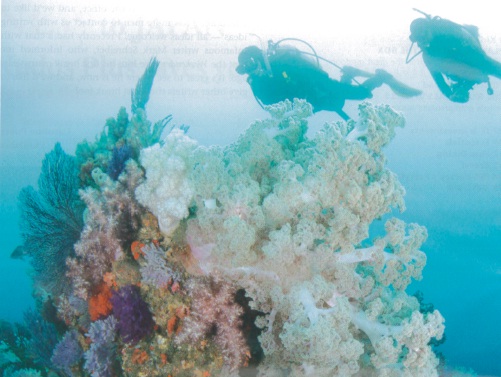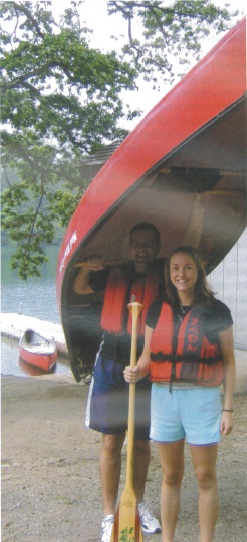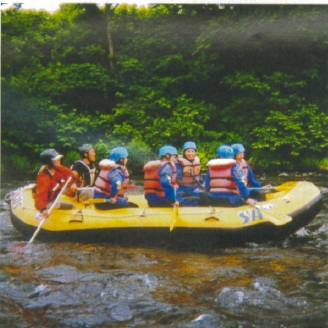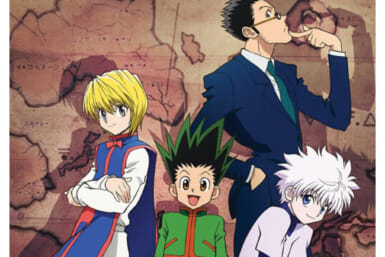Wet ways to beat the summer heat
SCUBA DIVING. By Jim Goddard
Scuba and skin diving close to Tokyo
“When you finally see what goes on underwater, you realize that you’ve been missing the whole point of the ocean. It’s like going to the circus and staring at the outside of the tent”, says Dave Barry, comedian, writer — and recreational scuba diver.
Take the plunge
First time divers in Japan, are often surprised by the variety and abundance of marine life in the local waters, assuming that one must board a plane in order to find a good diving spot. The truth is that the Izu Peninsula houses world-class diving sites, some only an hour from Tokyo by bullet train.
At picturesque dive sites spread around the east, west, and south coast of the Izu Peninsula, divers can feast their eyes on vibrant soft corals and sponges, curious looking invertebrates, and a full range of fish from colorful tropicals to larger pelagics.
To help visitors get their feet wet, JUE/TokyoScuba arrange weekly one and two-day trips to all major Izu dive sites.
Get certified
With advances in training, equipment, and diving practices, scuba has become safer and more enjoyable than ever. Earning a basic Open Water Diver license or a more advanced diving certification can be completed in a few days using independent study and multimedia instructional materials. The qualified instructors at JUE/ TokyoScuba also provide qualified instructors to prepare novice divers to explore Japan’s undersea world.
For more information, visit www.jue.jp.
CANOEING. By Suzanne Parker
The long, three and a half hour journey from Tokyo to Hakuba quickly became a distant memory as we stepped out of the station to the smell of fresh pine trees. A ten-minute taxi ride from Hakuba station brought us to Hakuba Mominoki Hotel (HMH), our home for the next two nights. As we entered the spacious double room, complete with yukata and soft slippers to change into, our hectic Tokyo life seemed a world away. A good sleep before our adventure trip on Lake Aokiko the next day was definitely in order.
At 9am on Saturday morning we walked down the road to the Evergreen Outdoor Center to meet Dave, the owner of EOC and our canoe instructor. The center offers a wide range of summer outdoor pursuits including rock climbing, white water rafting, mountain biking and paragliding. We opted for the relative safety of the canoe! We drove to the lake in the EOC van, about a 15-minute drive away. On with our life jackets — we obviously didn’t mind getting wet if need be — and Dave started his talk on the four basic canoeing maneuvers. Fifteen minutes later we were in the canoe, my fiance Nick at the back acting as ‘rudder man’ and me at the front for extra power! Dave led us around the lake, with us trying to keep in a straight line and keep up with his speed. The sound of cicadas in the trees as we paddled was almost deafening, as if we were in the rain forest. Being careful to avoid the low hanging branches, we weaved our way around, not as expertly as Dave though. Bobbing up and down with the jumping fish around us and the azure water surrounded by the imposing North Alps, the remoteness and tranquility of the lake was a welcome remedy for any lingering Tokyo stress. It felt like we were a million miles away.
After an hour’s paddling we roped up our canoes and jumped ashore for tea and cookies on Dave’s gas fire. Fifteen minutes later we were back in the lake and learning some new canoeing techniques. One of these new paddle strokes was to enable us to stealthily approach the lake’s carp and bass without being detected. As one of the cleanest lakes in Japan, with no power boats allowed, there was much water life to be seen from the vantage point of the canoe.
We were also introduced to the faster and decidedly more unstable pursuit of kayaking. We learned the basics and wobbled about the lake desperately trying to copy Dave. After a couple of very near headfirst lake entrances we decided it was time to head for the HMH luxurious onsen known as Bijin noyu (beautiful women’s hot spring) recognized as having the strongest alkaline content in Japan. It was just the tonic to sooth the muscles after a day’s paddling.
In the evening we were treated to a delicious BBQ at the HMH British-style pub where a live DJ, a few games of pool, and a couple of cold beers with the Japanese locals rounded off an amazing Hakuba summer weekend.
More information at www.evergreen-outdoors.com.
WHITE WATER RAFTING. By Melanie Kamdar
In the midst of another sweltering Tokyo summer, the thought of a weekend retreat north to Hokkaido shimmers like a tempting oasis in the mind. This summer, stop dreaming about Hokkaido’s snow-capped peaks and mountain streams and head for some adventure in Japan’s outdoor paradise. Getting there is not as difficult as one would imagine, particularly if you use a local tour operator. After a 90-minute flight to Sapporo departing from Haneda Airport at 7am, and a scenic two-hour train ride south-west to the town of Kutchan, we arrived at our final destination Hirafu, a small village 15 minutes by car past Kutchan, just in time for lunch.
The friendly staff at Scott Adventure Sports (SAS), a world-class adventure company that has operated in Hokkaido’s Niseko region since 1997, had an enticing agenda ready for us. We kicked off our weekend with a Saturday morning of horseback riding. A gentle walk up the mountain to see the lovely views was enjoyed by all, particularly for the group’s beginner level riders and children.
Next up was white-water rafting on the Shiribetsu River, one of SAS’s most popular half-day tour options. This was another great way to enjoy the beautiful scenery and views of Mt. Yotei, particularly as the river flows gently during the summer season and requires very little paddling. Those craving a more challenging rafting experience should come during Golden Week, when SAS’s spring rafting course is at a level 3+ and includes a dam to navigate through. The only white water our group encountered was during a water fight between the rafts. On hot summer days, rafters often jump in the water to cool off and forego dry suits for simple spray jackets, just in case the winds pick up. During the summer season, children are more than welcome to join, and the kids on our excursion seemed to have a great time.
The summer season in Niseko is fairly quiet compared to the region’s popular winter months. From December to Mar. 30, SAS offers snow-rafting, snow mobiling, and ski and snowboard lessons. In fact, the region features some of the best powder in the world. To help adventurers soothe away any aches and pains, onsen are abound in the area. Hirafu houses a couple of well-priced hotels, bars and restaurants, although some are only open during the winter season.
Horseback riding and rafting provided enough activity for one weekend for our group, but adrenaline seekers can always add a trip down SAS’s 23 km mountain bike downhill course to their agenda! Chances are, thrill seekers of all levels will enjoy the refreshing beauty of Hirafu, at any time of the year.
For accommodation inquires, please visit www.nisekoholiday.com.











